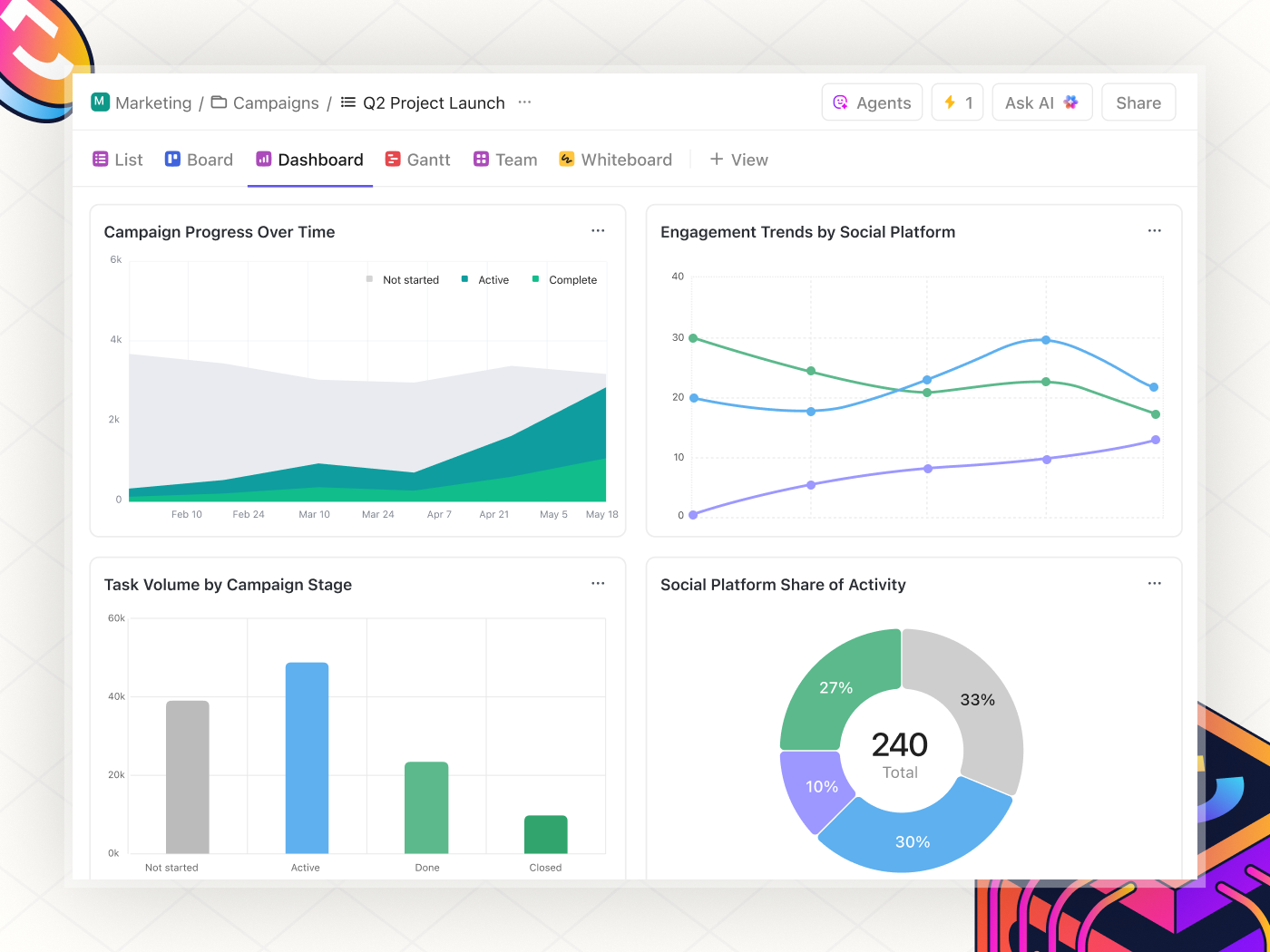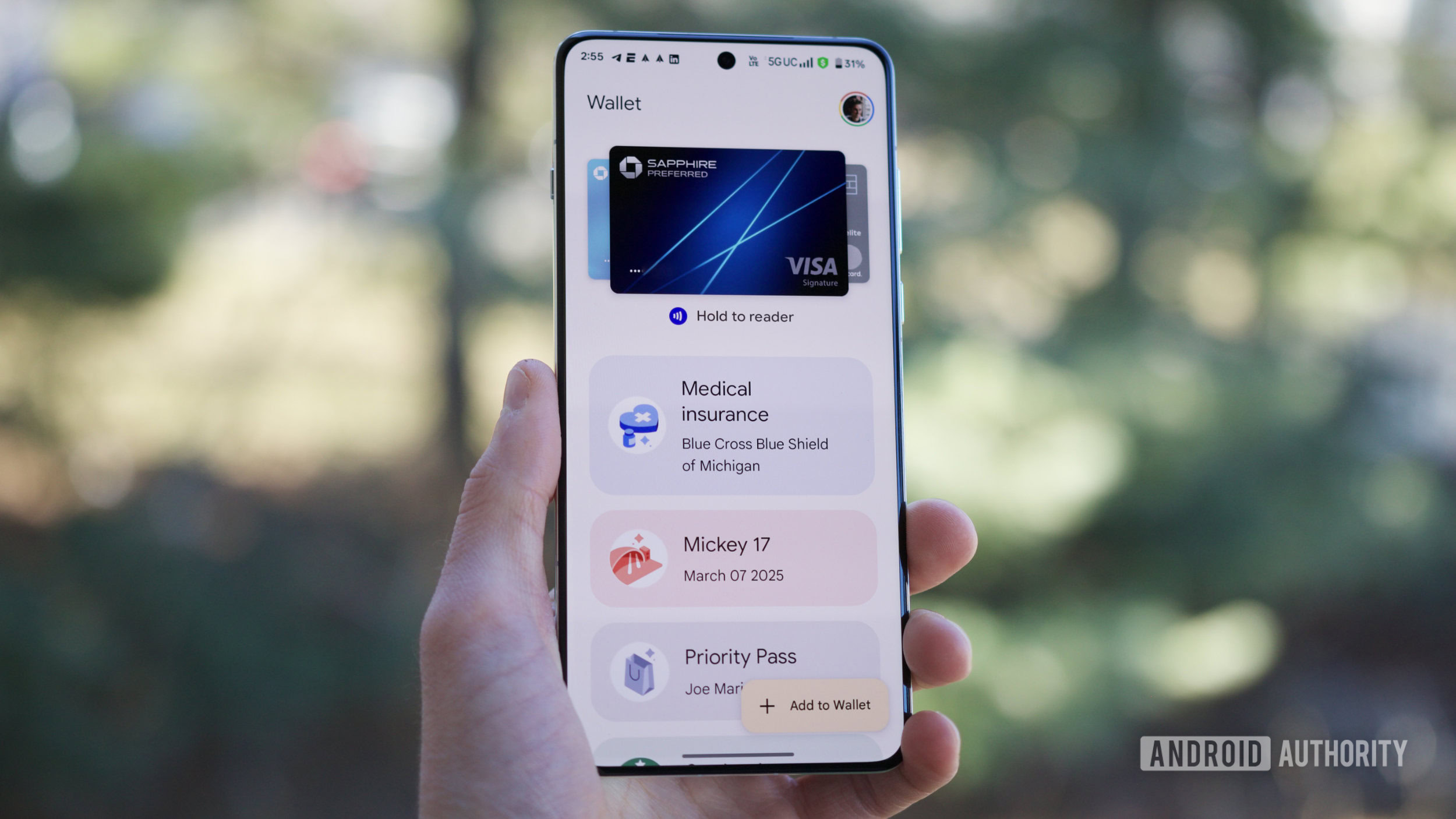A dozen years of leading sales and marketing teams has taught me that go-to-market success doesn’t happen in a vacuum. It requires more than just good ideas—it demands flawless execution and cross-functional collaboration.
And the right vehicle to drive those results? The campaigns you execute.
Hi, I’m Kyle Coleman, ’s Global VP of Marketing and a two-time CMO. But I’m not your typical marketing leader. I rose through the sales ranks for many years before jumping across the aisle.
This transition gave me a unique perspective on how marketing and sales must align to create effective campaigns that actually drive revenue.
The Shift from Campaign Management to Campaign Execution
Why Traditional Campaign Management Falls Short
For years, marketers have focused on campaign management—a passive approach that often involves simply keeping projects on track and meeting deadlines.
While this method can maintain the status quo, it fails to capture the dynamic, output-oriented nature of modern marketing needs. In today’s competitive landscape, where agility and speed-to-market are paramount, traditional campaign management simply doesn’t cut it anymore.
From my perspective, traditional campaign management often emphasizes process over outcomes—tracking activities rather than results. This approach can lead to completed projects that fail to make meaningful business impact.

Embracing the Power of Active Campaign Execution
Campaign execution is an active, AI-powered approach that encompasses the entire lifecycle of a marketing initiative.
It goes beyond mere management to include strategic campaign planning, content creation, cross-functional orchestration, and continuous learning and optimization. This holistic approach allows marketing teams to not only deliver campaigns but to do so with increased velocity, efficiency, and impact.
The execution mindset shifts focus from “are we on schedule?” to “are we driving results?”
This distinction may seem subtle, but it fundamentally changes how marketing teams operate and measure success.
Actionable Takeaway: Audit your current campaign process. Are you spending more time in status meetings than actually creating and launching initiatives? If so, you may be stuck in management mode rather than execution mode.
The Pillars of Successful Campaign Execution
Cross-Functional Orchestration: The Key to Seamless Campaigns
One of the most challenging aspects of campaign execution is coordinating across various teams and departments.
In my experience, a successful campaign requires buy-in and collaboration from marketing, sales, customer success, product, and even finance teams. The key is to create a unified vision and ensure that each team understands its role in the larger picture.
My background in sales taught me that when marketing and sales operate in silos, neither team reaches their full potential. Effective campaign execution requires breaking down these barriers—involving sales in campaign planning from the beginning and ensuring marketing understands the sales process intimately.
What happens when you bring together representatives from each department at the beginning of a campaign?
Consider implementing cross-functional “campaign councils” where teams align on messaging, timing, and expected outcomes. This collaborative approach helps ensure that campaigns are designed with the entire customer journey in mind.
Velocity: The New Currency in Marketing
In today’s fast-moving business environment, the ability to plan, execute, and learn from campaigns quickly is invaluable.
As I often tell my team, running one campaign per quarter simply won’t cut it if we want to hit ambitious pipeline targets. By increasing our campaign velocity—say, from quarterly to monthly—we can dramatically amplify our impact on the business.


My sales background instilled in me the value of velocity. The more quality conversations you have, the more deals you close. Marketing follows a similar principle—the more effectively you can reach your audience with relevant messages, the greater your pipeline generation.
How quickly does your team move from concept to execution?
Consider measuring your campaign velocity by tracking time from concept to execution. Understanding this metric can help identify bottlenecks in your process and opportunities to accelerate your go-to-market efforts.
Actionable Takeaway: Map each step in your current campaign process and identify the stages that take the longest. Focus on streamlining these areas first to increase your overall execution velocity and improve campaign performance.
Efficiency: Doing More with Less
As marketing leaders, we’re constantly challenged to deliver more results with limited resources.
This is where the efficiency of our campaign execution becomes crucial. By streamlining processes, leveraging technology, and focusing on high-impact activities, we can significantly improve our return on marketing investment while driving stronger conversion rates.
How much of your team’s time is spent on administrative tasks versus strategic and creative work?
One approach worth considering is analyzing how your team spends their time. Often, marketing professionals dedicate a disproportionate amount of hours to administrative tasks rather than strategic and creative work.
By identifying and automating repetitive processes, you can shift this balance toward higher-value activities that enhance customer engagement.
Leveraging Technology for High-Velocity Campaign Execution
The Power of All-in-One Platforms
In my role at , I’ve seen firsthand how an all-in-one platform can revolutionize campaign execution.
By bringing planning, creation, collaboration, and reporting into a single ecosystem, these platforms eliminate the silos that often slow down marketing campaign management.
They provide a central hub for all campaign-related activities, enhancing visibility, reducing communication gaps, and ultimately accelerating the entire campaign lifecycle through smarter marketing automation.


How many different tools does your team use to execute a single campaign?
When evaluating your marketing technology stack, consider how many different tools your team uses to execute campaigns. Each platform switch creates friction and potential information loss.
Consolidating your core campaign functions in one system can significantly improve execution efficiency and contribute to campaign success.
AI-Powered Execution: The Future of Marketing
Artificial Intelligence is no longer just a buzzword—it’s a game-changer in campaign execution.
AI can assist in everything from content creation and personalization to predictive analytics and optimization. By leveraging AI, marketing teams can make data-driven decisions faster, automate repetitive tasks, and focus their human creativity where it matters most.
Consider these potential applications of AI in campaign execution:
- Content Creation: Using AI to generate first drafts or creative variations
- Workflow Automation: Implementing intelligent routing for approvals and reviews
- Performance Prediction: Analyzing past campaigns to optimize future campaigns
- Resource Allocation: Making data-driven decisions about budget and team assignments
What if your team could automate just one repetitive task in your campaign process?
Actionable Takeaway: Start small with AI implementation. Identify one repetitive task in your campaign planning process that could be automated, implement a solution, and measure the impact before expanding to more complex applications.
Measuring Success: Beyond Pipeline and Revenue
The Importance of Velocity Metrics
While pipeline and revenue remain the ultimate measures of success, it’s crucial to track metrics that indicate the health and efficiency of your campaign execution process.
I recommend focusing on metrics like campaign cycle time, resource utilization, and learning velocity (how quickly you can implement insights from one campaign to the next). These indicators can help you identify bottlenecks and opportunities for improvement in your execution process.
Are you measuring how quickly you execute, or just what you achieve?
Consider developing a balanced scorecard that includes both outcome metrics (pipeline, revenue) and process metrics like campaign goals and campaign performance to get a complete picture of your campaign effectiveness.
Balancing Short-Term Wins with Long-Term Strategy
In the pursuit of high-velocity execution, it’s easy to get caught up in short-term metrics.
However, it’s essential to maintain a balance between quick wins nd a cohesive long-term vision that aligns with your overall marketing strategy.
This means not only tracking immediate campaign performance but also monitoring how your efforts contribute to brand building, customer engagement, and market positioning over time.
How are you allocating resources between immediate results and future growth?
One approach is to explicitly allocate your marketing resources across different time horizons—dedicating a percentage to near-term pipeline generation, mid-term opportunity development, and long-term brand building.
This portfolio approach ensures you maintain execution velocity without sacrificing strategic impact.
Cultivating a Culture of High-Velocity Execution
Empowering Teams for Rapid Decision-Making
To truly excel at high-velocity campaign execution, you need to cultivate a culture that empowers teams to make quick, informed decisions.
This involves providing clear guidelines and objectives, but also trusting your team to use their judgment. In my experience, when team members feel empowered, they’re more likely to take ownership of their work and drive campaigns forward with urgency and purpose.
Who really needs to approve that campaign asset?
Consider establishing a clear framework for decision rights—explicitly stating who needs to be involved in which decisions and, importantly, who doesn’t. This approach can significantly reduce approval bottlenecks while maintaining appropriate oversight.
Embracing Continuous Learning and Adaptation
The landscape of marketing is constantly evolving, and so should your approach to campaign execution.
Encourage a culture of continuous learning where team members are always looking for ways to improve processes, try new technologies, and adapt to changing market conditions. Post-campaign reviews are a valuable tool for institutionalizing this learning. Consider implementing structured debriefs focused on three simple questions:
- What worked well that we should continue?
- What didn’t work that we should stop?
- What should we try next time?
Documenting these insights creates an evolving playbook for campaign execution that improves with each iteration.
Conclusion: Execution as a Competitive Advantage
In today’s fast-paced business environment, the ability to execute campaigns with speed, efficiency, and precision is not just an advantage—it’s a necessity for success.
My journey from sales leadership to marketing leadership has convinced me that execution velocity is among the most undervalued assets in modern marketing. Companies that master high-velocity campaign execution will consistently outperform their peers, regardless of budget size or team resources.
What would happen if your team could execute campaigns twice as fast as your competitors?
The good news? This capability can be built methodically through the right combination of process, technology, and culture.
Start with one campaign, focus on removing friction and increasing speed without sacrificing quality, and build from there.
Remember, in marketing as in sales, it’s not just what you do that matters—it’s how quickly and effectively you do it.
That’s the art of high-velocity campaign execution.
Get the Campaign Execution Playbook


Everything you need to stay organized and get work done.












